Walk this way
NaturalMotion puts motion capture on its last legs
The human eye is a merciless critic of videogame animation. Stiff, unnatural, or repetitive motions are easily detected and remind us that we’re stuck inside a clockwork world of predetermined paths and movements. NaturalMotion wants to wipe animations like these off the map, and it’s going in the opposite direction as just about everyone else to do so.
Most developers aiming for realistic human animation use data from motion-capture sessions, where real people perform the movements that will appear in-game. But that’s a tedious and expensive process that results in a limited number of convincing animations.
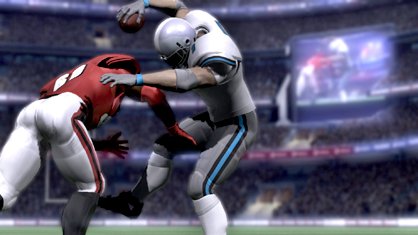
Two volunteers demonstrate how NaturalMotion could impact the way games are made
NaturalMotion CEO Torsten Reil and company cofounder Colm Massey came up with an alternative while creating programs at Oxford University that helped study the control and biomechanics of animal locomotion. As Reil explains, NaturalMotion’s technologies—called euphoria, morpheme, and endorphin—“create fully interactive 3D characters by simulating their body, muscles, and motor nervous system in real time. So instead of playing back an animation from disk, we actually use the hardware’s processing power to generate the character’s motion in real time, by using a combination of biology and robot control theory.”
To demonstrate that NaturalMotion’s technologies can dramatically reduce the cost of game development, the company has been independently developing a football game (slated to come out later this year, and aptly named Backbreaker) with a development team of six. “All tackles and hits are generated live by euphoria, and all other animation, such as running, is taken care of by morpheme.”
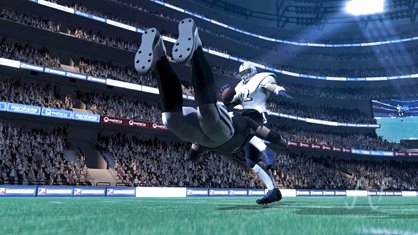
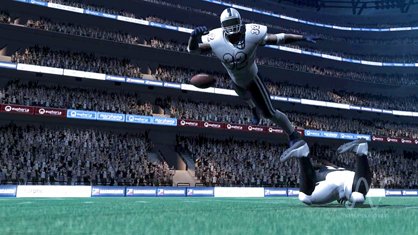
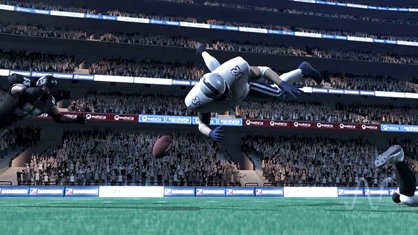
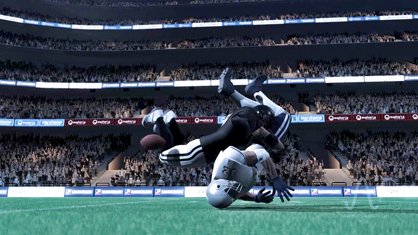
With NaturalMotion animation...every tackle is unique.But the pain...is still the same
NaturalMotion animations are already taking off—the first title using euphoria to hit the market was a little game called Grand Theft Auto IV; other developers including LucasArts have also licensed the technology for upcoming games. And developers aren’t the only ones who are impressed—Nvidia is partnering with NaturalMotion and will be integrating morpheme into Nvidia PhysX for hardware-accelerated animations and physics.
This means that in the near future, there will be games that feature characters who have the digitial equivalent of their own muscular and reactive system; since each character is capable of realistically reacting in a situation, no scenario will play out the same way twice. And while you probably won’t stop to think about why that is, we’re betting that you will be thrilled with the results.
August 15, 2008
Sign up to the GamesRadar+ Newsletter
Weekly digests, tales from the communities you love, and more


